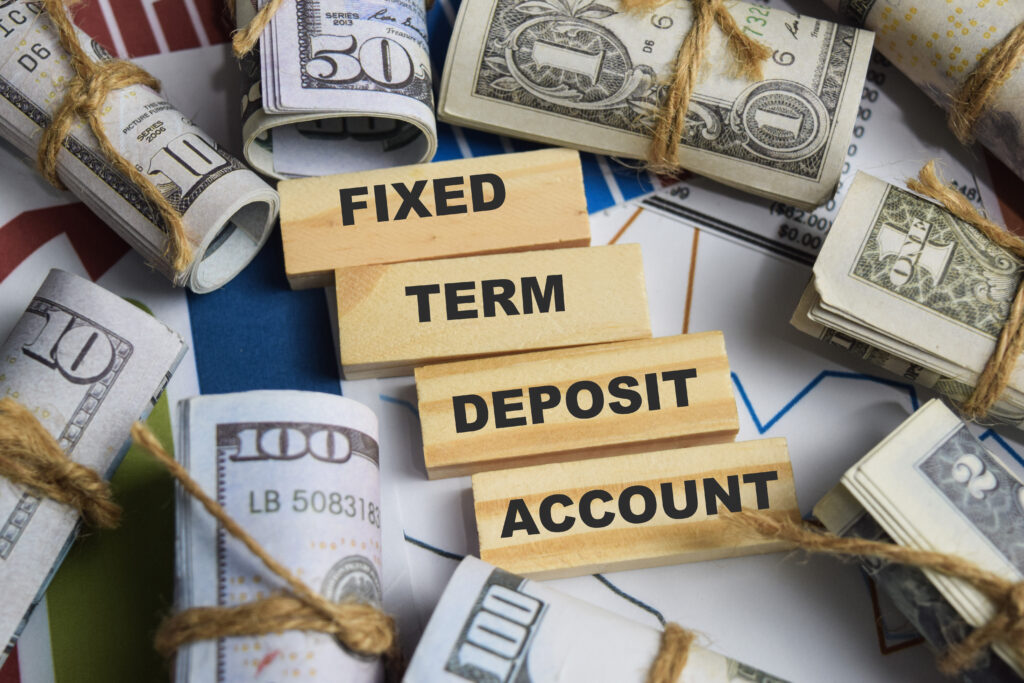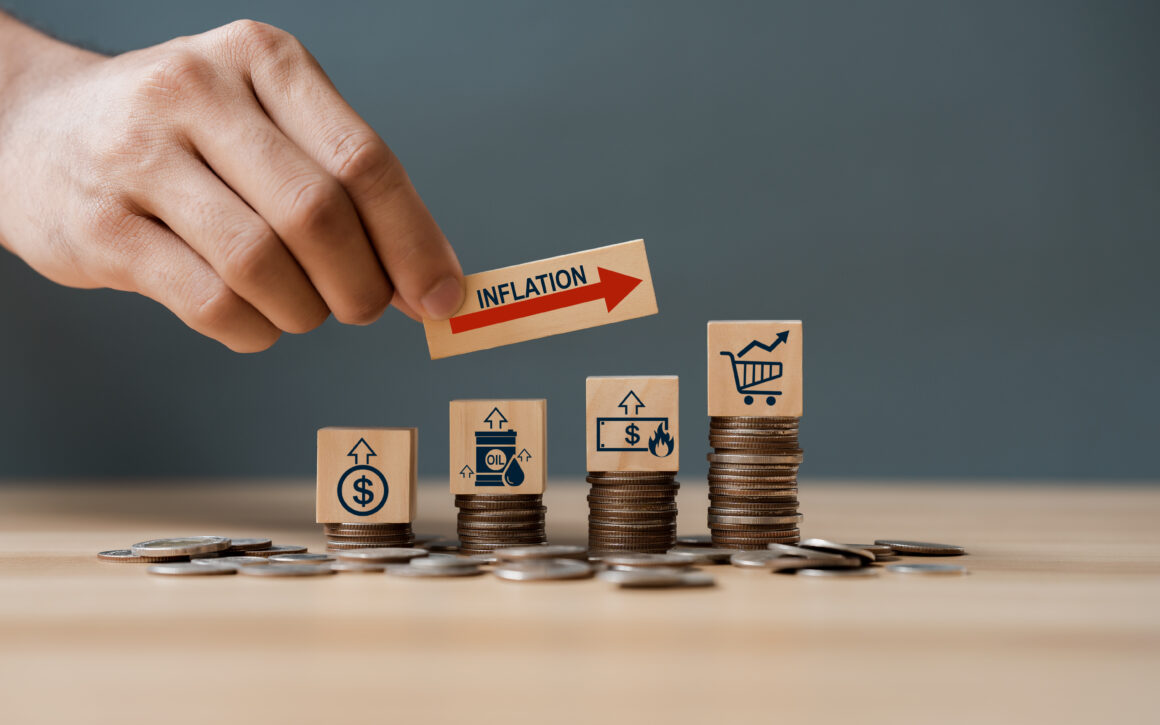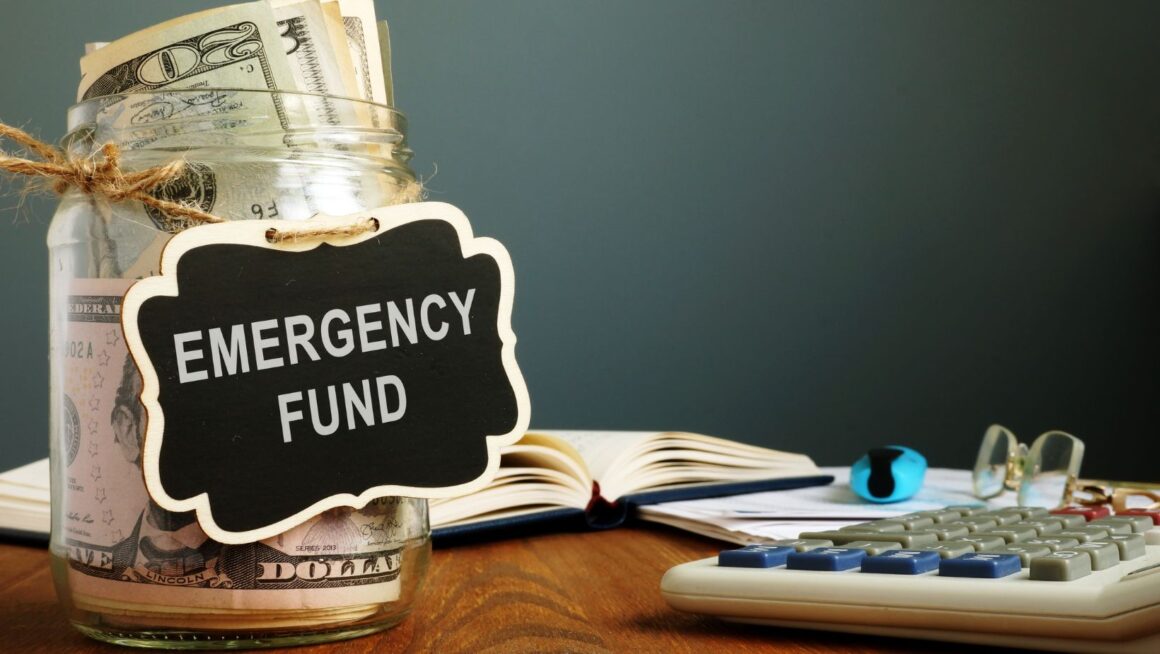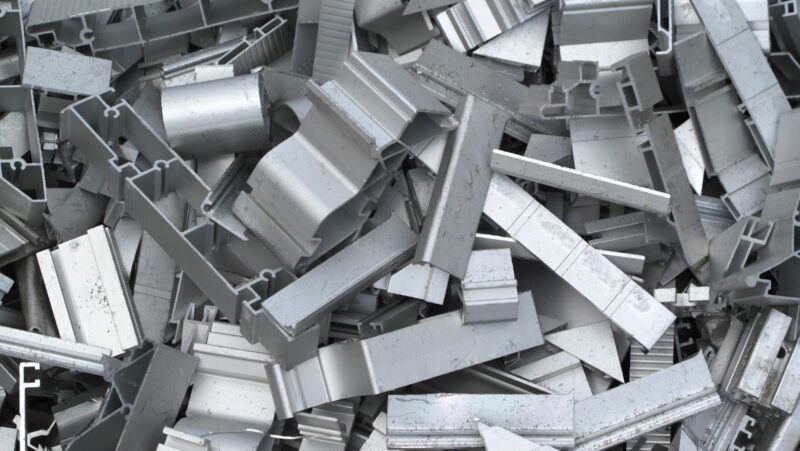
Concept of Fixed term deposit account. Wooden block with words Fixed term deposit account
When you think about an emergency fund, you probably picture cash stashed in a regular savings account, which is easily accessible for unexpected car repairs, medical bills, or sudden unemployment.
While liquidity is key, there’s a powerful tool for growing that fund more effectively: the term deposit. Strategically using this tool enables you to build a stronger, more robust financial safety net.
Let’s explore the seven ways a term deposit can help your emergency fund flourish.
1. Provides a Guaranteed Return
Unlike the variable (and often minimal) rates offered by standard savings accounts, a term deposit locks in a fixed rate for the entire term. This means your money is actively working harder for you, growing predictably without any market risk.
When building your emergency fund, start by ensuring you have a base amount (e.g., one month’s expenses) in an instantly accessible account. Then, use a laddering strategy (more on that below) with the rest. This approach ensures you have cash for immediate needs while maximizing returns on the remainder.
When opening term deposit accounts, choose an authorized deposit-taking institution that offers a fast and secure application process and no monthly account fees for a hassle-free transaction. Compare terms and interest rates from different financial institutions to ensure you’re getting the best possible return for your situation.
2. Enforces Financial Discipline
An emergency fund’s biggest enemy is often you. The temptation to dip into it for a non-emergency, like a vacation or a new gadget, can be intense. A term deposit, a type of time deposit, acts as a protective barrier.
Since early withdrawal typically incurs a penalty and can forfeit accrued interest payments, you’re far less likely to touch the money for anything less than an actual emergency. This “set-and-forget” nature is a strategy often used by institutional investors to preserve capital.
Moreover, financial advisors usually recommend term deposits to clients who struggle with saving. These deposits enforce the savings discipline necessary to build a substantial financial cushion, moving your strategy beyond basic brokerage deposits or easily accessible cash.
3. Creates a Predictable Savings Ladder
The concept of a “term deposit ladder” is a game-changer for emergency funds. Instead of locking all your money away in one long-term deposit, you split it into multiple deposits with staggered maturity dates.
For example, you could split USD$12,000 into four USD$3,000 deposits with terms of 3, 6, 9, and 12 months. As each deposit matures, you either have access to that cash if needed or you reinvest it into a new 12-month term. This creates a rolling system where a portion of your emergency fund is always becoming accessible soon, while the rest enjoys higher, long-term rates.
4. Shields Your Savings from Inflation
Inflation is one of the economic indicators that drives inequality. While a term deposit may not always outpace a high inflation rate, it does a much better job of fighting it than a standard savings account with a near-zero return.

With a guaranteed, fixed return, you’re actively reducing the erosion of your purchasing power. This strategy also eliminates interest rate risk for the term’s duration; even if central banks lower rates, your return is locked in.
Knowing your fixed maturity date provides a clear timeline for when your capital will be returned, allowing you to plan. This ensures that the USD$5,000 you save today is better preserved and will hold more of its value when you need it in the future.
5. Eliminates Market Volatility and Risk
Your emergency fund is your insurance. Its primary purpose is security and liquidity, not high growth. The stock market’s fluctuations have no place here.
A term deposit is a risk-free vehicle because your principal is secure, and your return is guaranteed. This peace of mind is invaluable, knowing that a market downturn won’t wipe out your safety net right when you need it most.
6. Helps You Segment Your Emergency Fund
Not all emergencies are created equal. You might have a small, immediate emergency (such as a broken appliance) and a larger, more serious one (like extended unemployment). You can use term deposits to create a tiered emergency fund:
- Tier 1 (Immediate Access): One to two months of expenses in a high-yield savings account.
- Tier 2 (Short-Term): Two to four months of expenses in a ladder of 3 to 6-month term deposits.
- Tier 3 (Long-Term): The remainder is on a ladder of nine to 12-month term deposits for major crises.
This structure ensures you’re prepared for any scenario while optimizing your returns.
7. Simplifies Your Financial Planning
With a term deposit, you know the exact date your money will mature and the precise amount you will receive. This predictability makes long-term financial planning much simpler. You can map out your emergency fund’s growth over a year or more, making it easier to set and achieve your savings goals without having to guess what interest rates might do next quarter.
Bottom Line
A term deposit is about using a strategic tool to build a smarter, more efficient emergency fund. When you combine the guaranteed growth of term deposits with a smart laddering strategy, you enjoy higher returns, stronger financial discipline, and the ultimate peace of mind that comes with a robust and well-managed financial cushion.

Now, it’s time to review your current emergency fund and consider how a term deposit ladder could help it grow securely.







